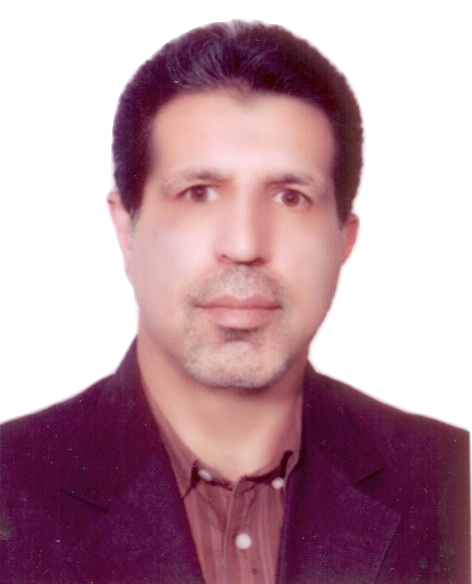
مهندسی ساخت و تولید (1379 - تاکنون)
مهندسی مکانیک
تورنتو، کانادا
مهندسی مکانیک
نیوبرانزویک، فردریکتون، کانادا
مهندسی مکانیک
صنعتی شریف، تهران، ایران
تحصیلات: دکترا: مهندسی مکانیک- دانشگاه تورنتو، کانادا 1372- 1376 کارشناسی ارشد: مهندسی مکانیک- دانشگاه نیوبرانزویک، کانادا، 1372-1370 کارشناسی: مهندسی مکانیک- دانشگاه صنعتی شریف، ایران، 1368-1363 وضعیت اشتغال - عضو هیئت علمی (استاد) دانشکده مکانیک، دانشگاه تربیت مدرس ، تهران ، بزگراه جلال آل احمد، از سال 1377 تاکنون - مدیر گروه ساخت و تولید، 1379-1386 تجارب تحقیقاتی مشترک - محقق و استاد مهمان در دانشکده مکانیک دانشگاه تورنتو کانادا (1387-1388)، موضوع: دستیابی به ترکیب بهینه ماده پلیمری بر پایه پلی اتیلن جهت تولید فومهای بسته بندی - محقق و استاد مهمان در دانشکده مهندسی دانشگاه صنعتی انتاریو، کانادا، 1388، ساخت دستگاه تست و آنالیز مواد هوشمند - محقق ، مرکز تحقیقات بیوکامپوزیت و بایو ماتریال دانشگاه تورنتو کانادا (1393-1395)، تولید کامپوزیت های گرمانرم تقویت شده با الیاف بازیافتی کربن
اطلاعیه ای درج نشده است